Triangle of Sacrifice
Infrastructures of Technocolonialism
2023 – Ongoing
An interdisciplinary research project exploring the socio-environmental implications of lithium extraction in the Lithium Triangle through the creation of a multimedia installation. The research aims to generate critical knowledge about extractive processes and their impacts on local communities and ecosystems, while proposing a reflection on the relationship between energy transition, sustainability, and environmental justice.
The Lithium Triangle, a transnational region encompassing Argentina, Bolivia and Chile, concentrates 60% of the world’s lithium reserves. This vast expanse of salt flats and volcanic puna has been the subject of growing interest. As a key element in the energy transition, lithium has attracted the attention of global economic actors, generating intense competition for its control and triggering geopolitical tensions in the producing regions.
The concept of ‘sacrifice zones’ refers to territories that have been systematically exposed to severe environmental damage, bearing the consequences of polluting industrial activities. These regions, often inhabited by marginalised and racialised communities, are disproportionately affected by pollution, toxic waste and other environmental hazards, evidencing a profound environmental injustice.
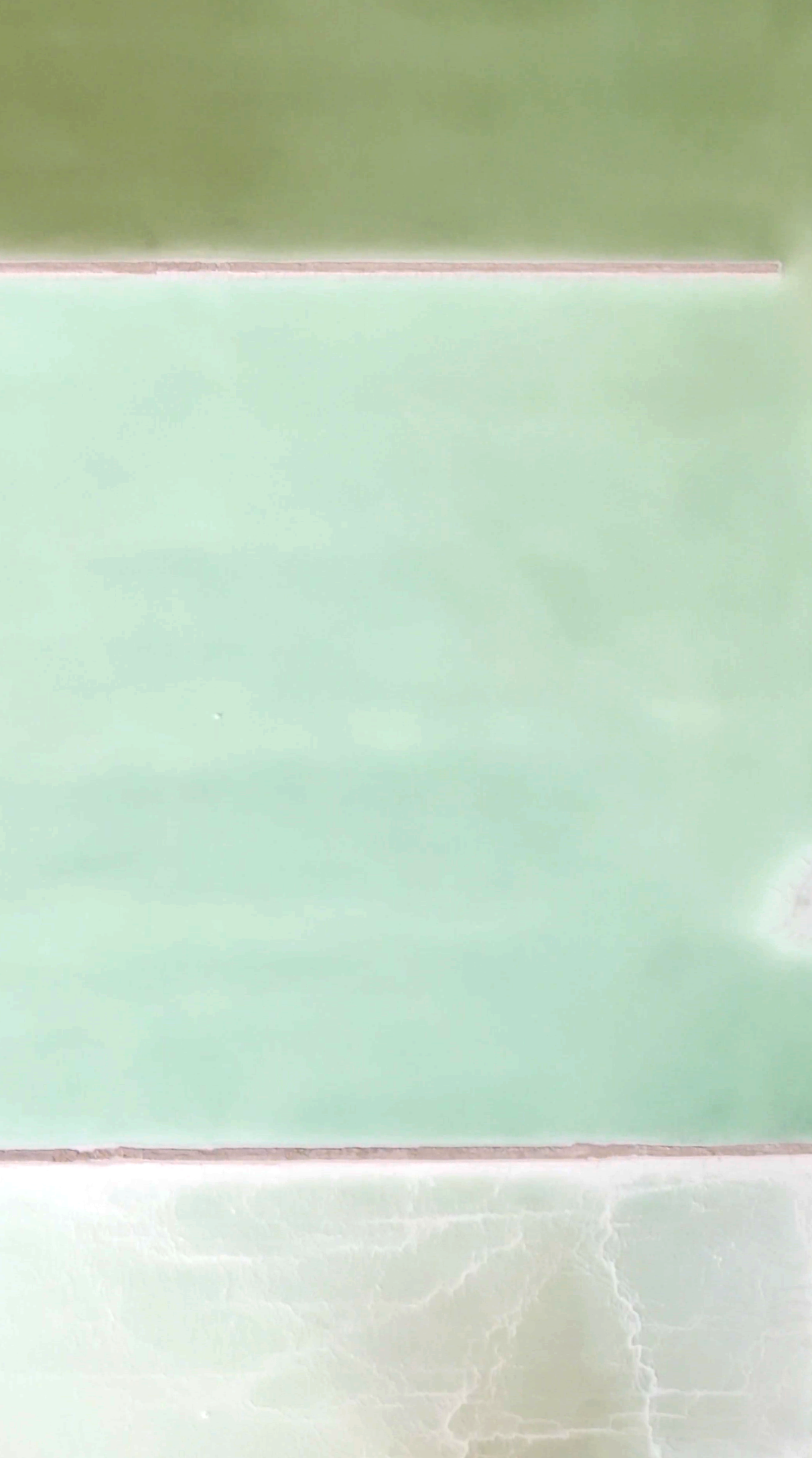
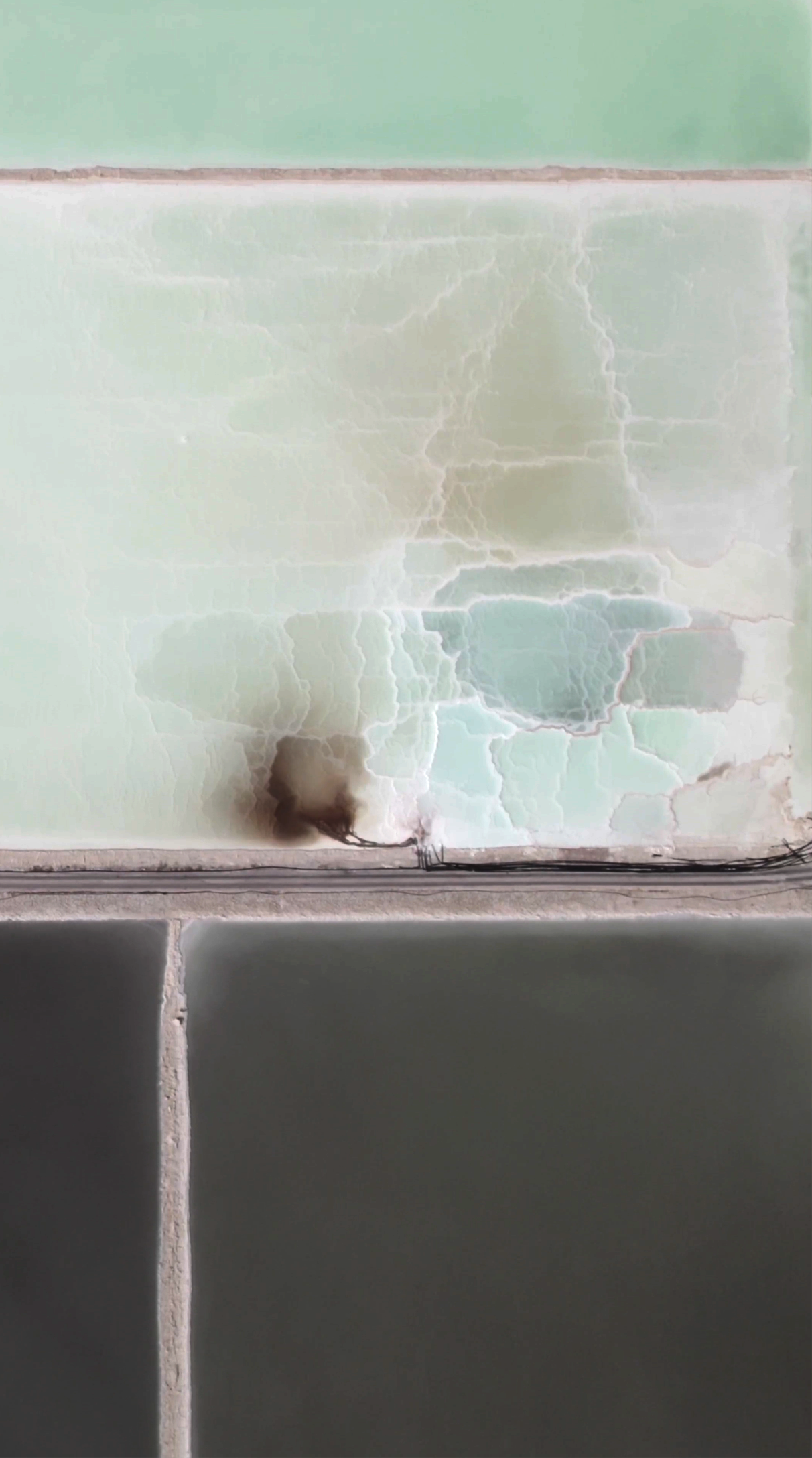
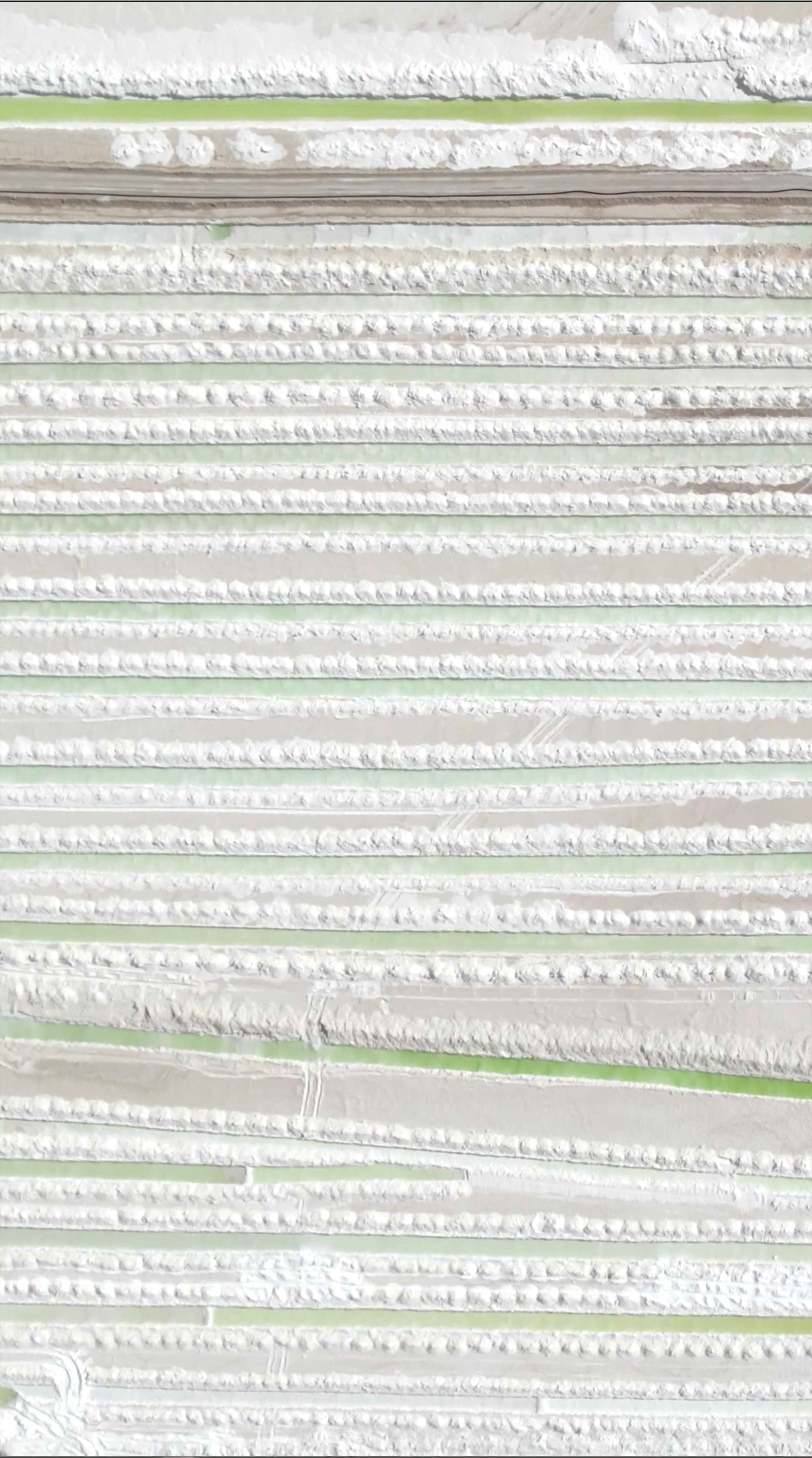
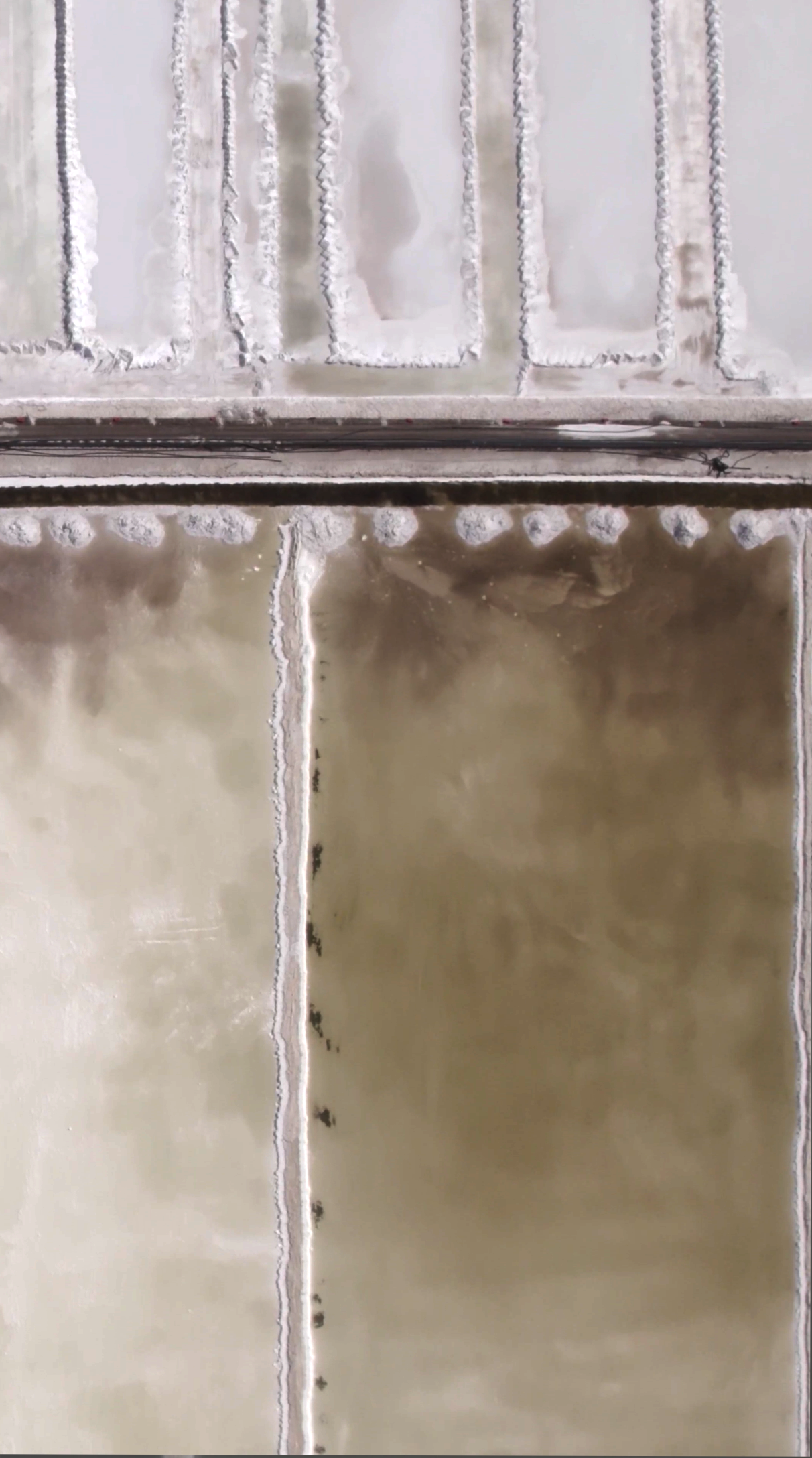
The communities living in the Lithium Triangle experience first-hand the consequences of large-scale lithium extraction, turning their territories into veritable ‘sacrifice zones’.
Our research seeks to make the socio-environmental impacts of this activity visible, placing special emphasis on the water scarcity generated by the extraction process. The overexploitation of aquifers and the alteration of hydrological cycles are putting the survival of these communities and the ecosystems on which they depend at risk.
It takes 2 million litres of water to produce 1 tonne of lithium carbonate.
Through fieldwork, the participation of different communities and the application of artistic methodologies, we have documented the close relationship between the exploitation of this resource and water scarcity in the region. We materialised this process in a multimedia installation.

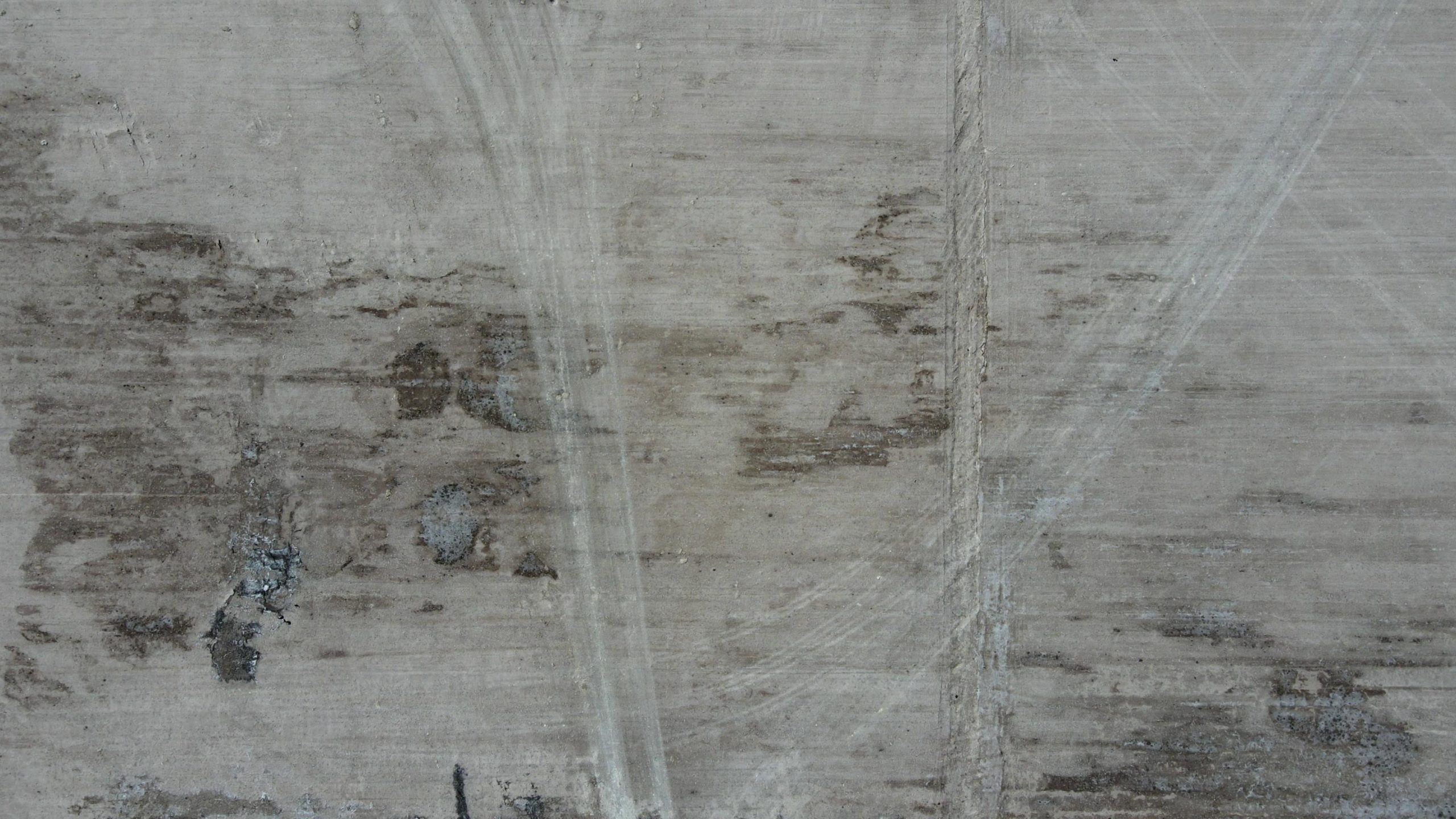
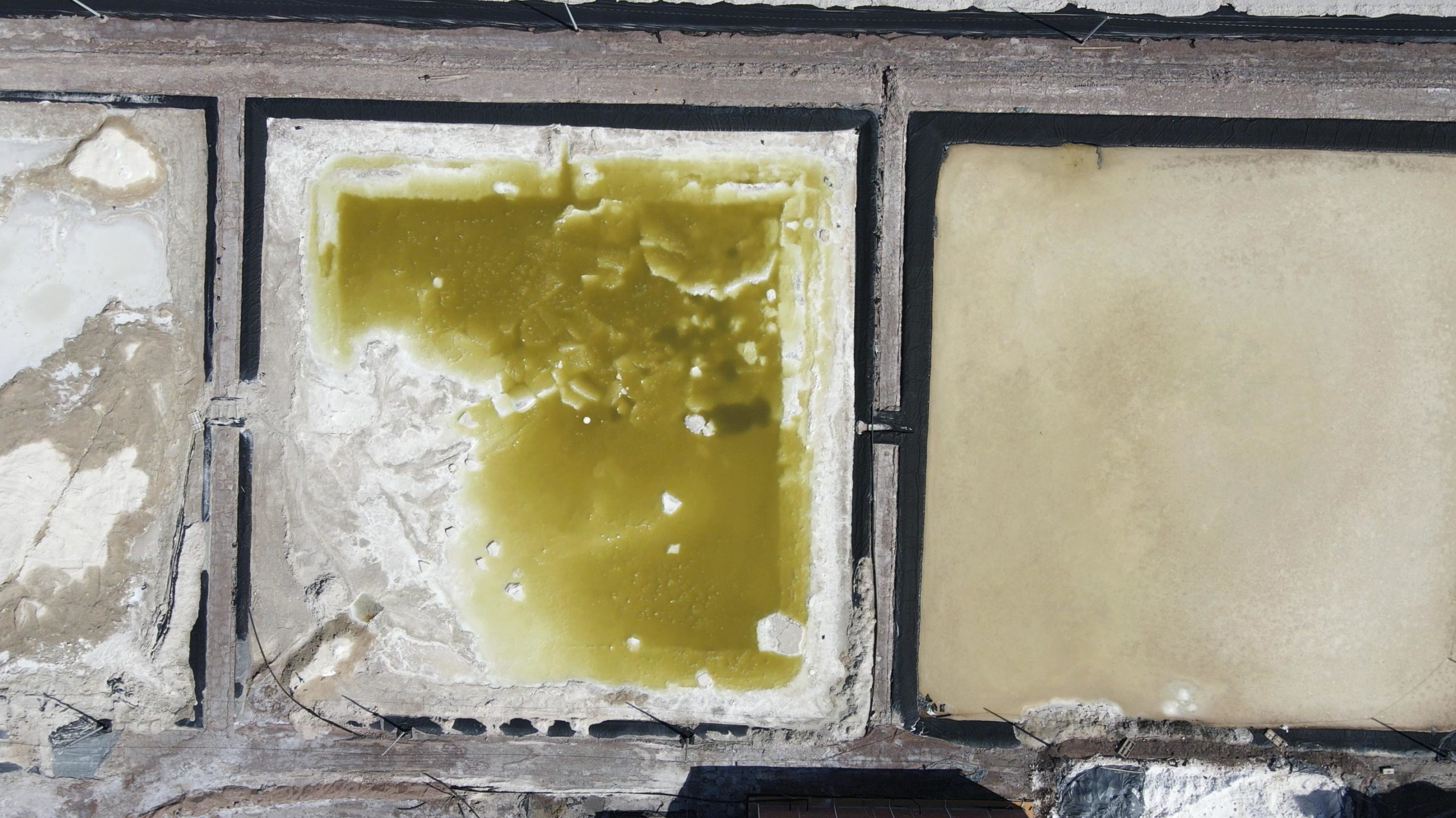
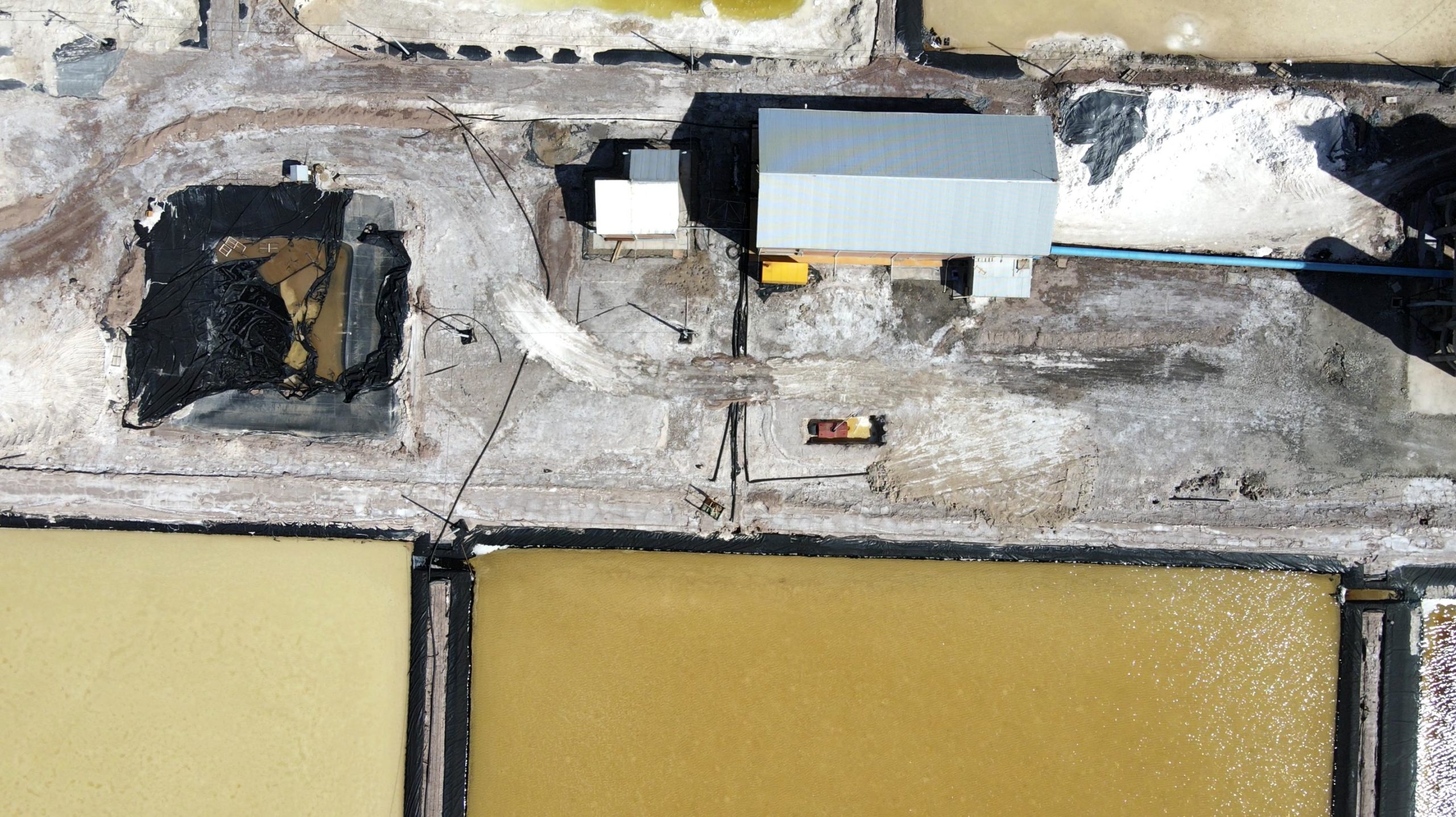

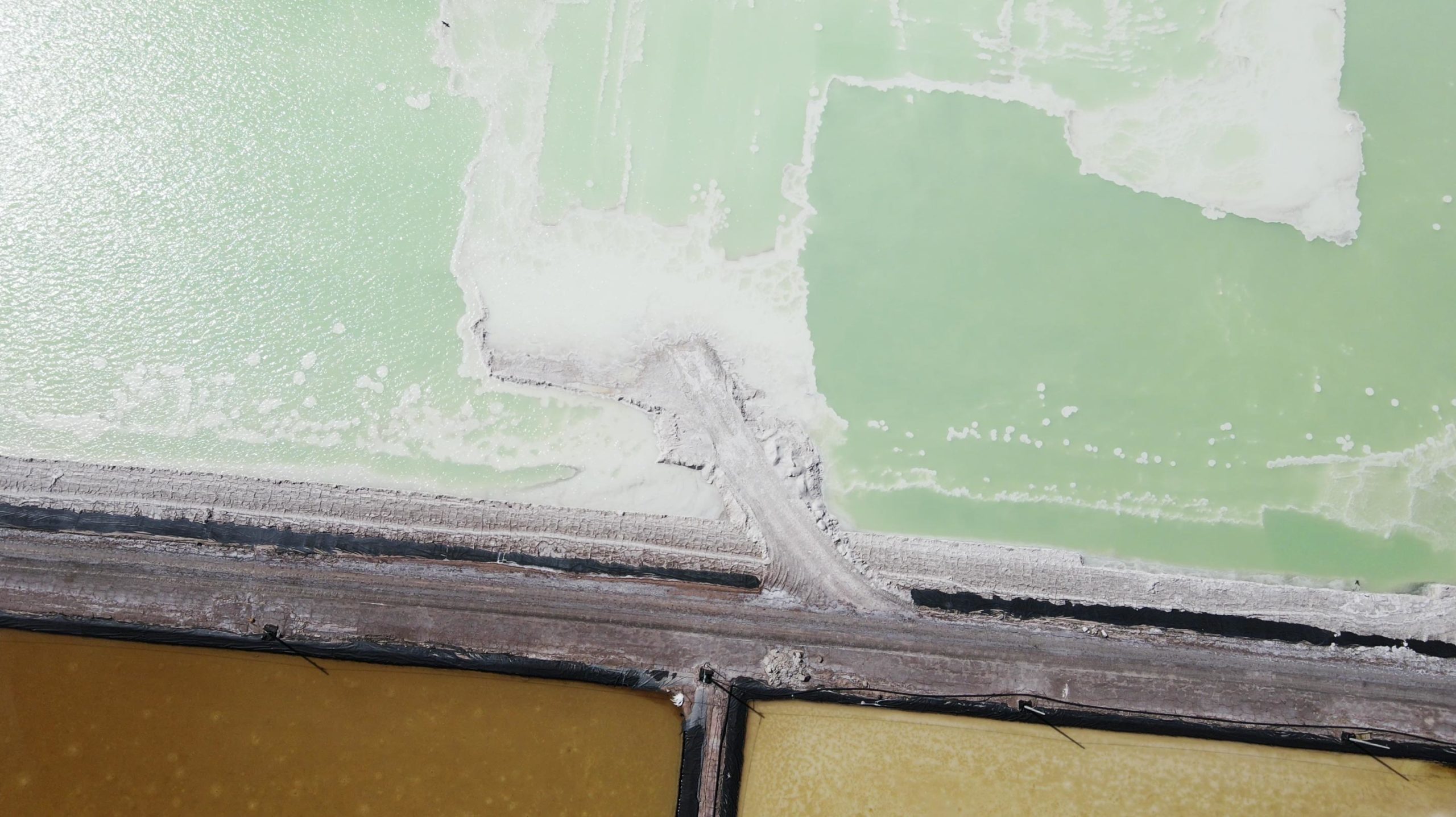


Artwork as Witness
Three triangular sculptures stand in the center of the room.
They bear the engraved topographies of the explored salt flats.
Each one forged in a different metal.
Bronze/Argentina
Silver/Bolivia
Copper/Chile
Metals historically extracted from each country. The territory surrounding the Lithium Triangle has been a sacrifice zone for centuries.
A lamp and a saline drip system are placed on each sculpture.
The drip rate is calibrated to represent the number of tons of lithium sold by each country, multiplied by two million liters of water.
Each drop represents 100,000 liters.
The light flickers off momentarily with each drop.
The room pulsates with the rhythm of falling drops.
A video art piece in the room displays the lithium pools and the narratives of communities resisting extraction in defense of water and their rights.
An immersive audio piece accompanies the sculptures.
Composed using field recordings from each corner of the triangle.
Recorded with experimental microphones.
The composition is based on the agricultural calendar and incorporates the voices of the human, non-human, and more-than-human.
The sculptures will be eroded by the dripping saline solution.
The audio piece will also self-destruct.
The information of humans and non-humans will be erased.
If extraction continues at this rate or increases, the room will go dark.
We will only hear the wind.
The room will be inaccessible.
We will witness the sacrifice of a territory.
.
An Digital Baroque a Critique of Excess
The mestizo baroque was a fusion of indigenous Andean elements with European baroque. We have recovered this goldsmithing technique and fused it with engravings of the topographies of the three exploited territories.
The Capitalocene refers to the idea that the dominant economic system in the contemporary world, that is, globalized neoliberal capitalism, is one of the main driving forces behind the climate and environmental crisis.
This concept suggests that the economic model – based on the accumulation of capital, infinite growth, and rampant consumerism – is deeply rooted in the exploitation of common natural resources, environmental degradation, and social inequality.
This tendency towards excess has been a constant variable in the history of the global North. The energy transition has not questioned these consumption dynamics; on the contrary, certain projects such as artificial intelligence, space missions, and quantum computing point to a significant increase in energy demand.
As a result of this excess demand and energy consumption, the installation self-destructs.
Collective creation as a methodology
Communities, researchers and Artists
Fieldwork and collective creation are fundamental practices in the development of our projects. Since 2020, we have been engaging with Bolivian inter-salt lake communities and have continued this dynamic in Chile and Argentina, fostering a dialogue of knowledge between communities and individuals.


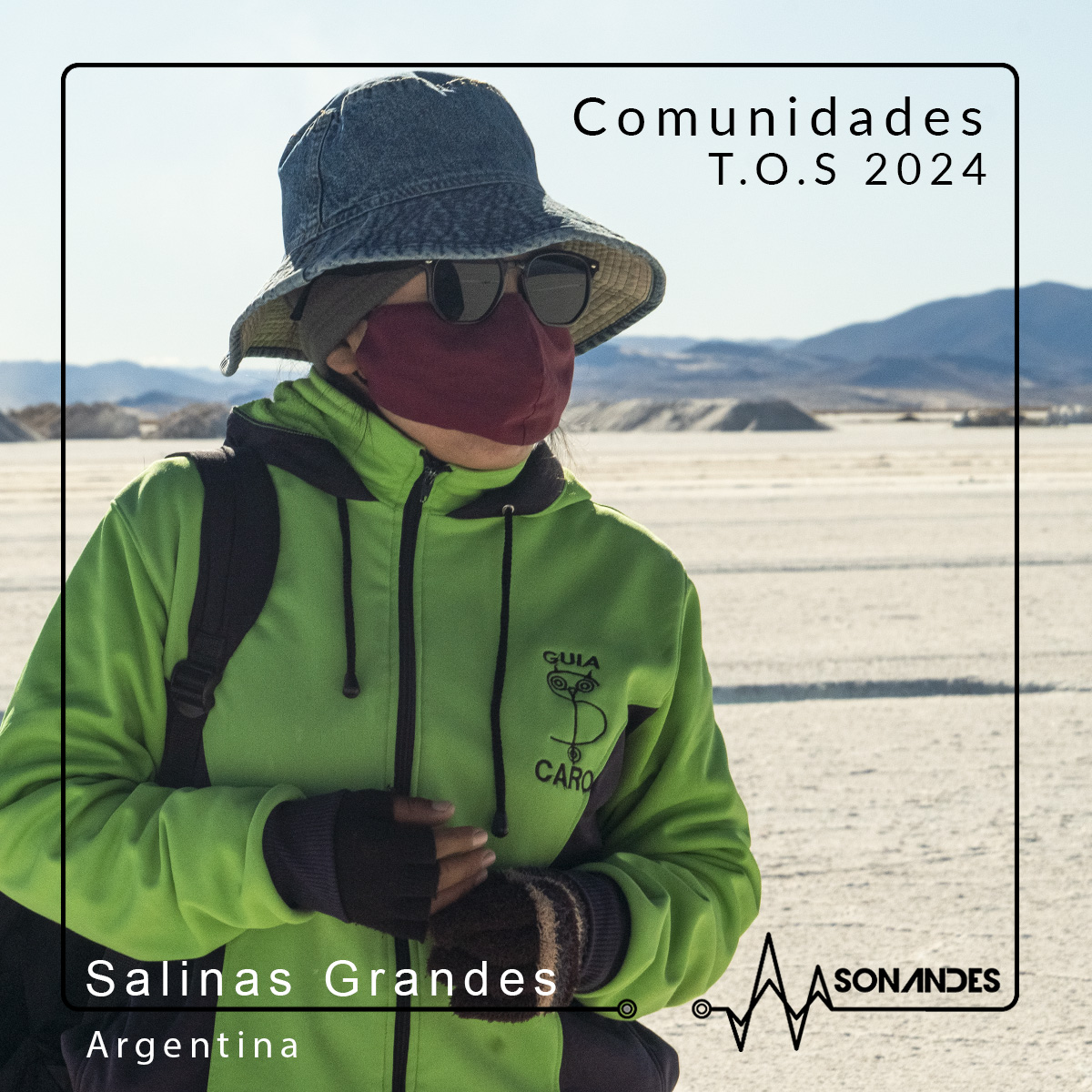
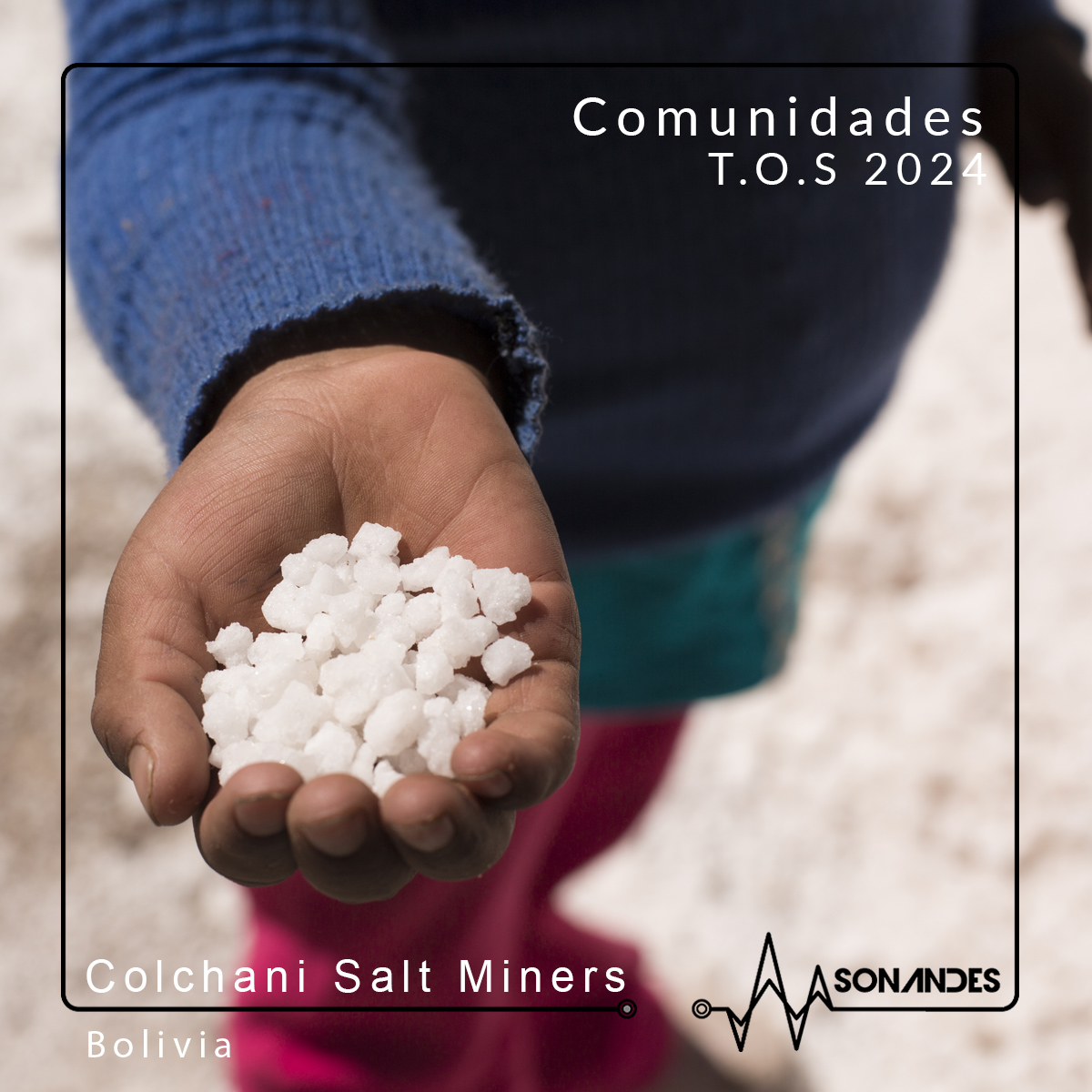
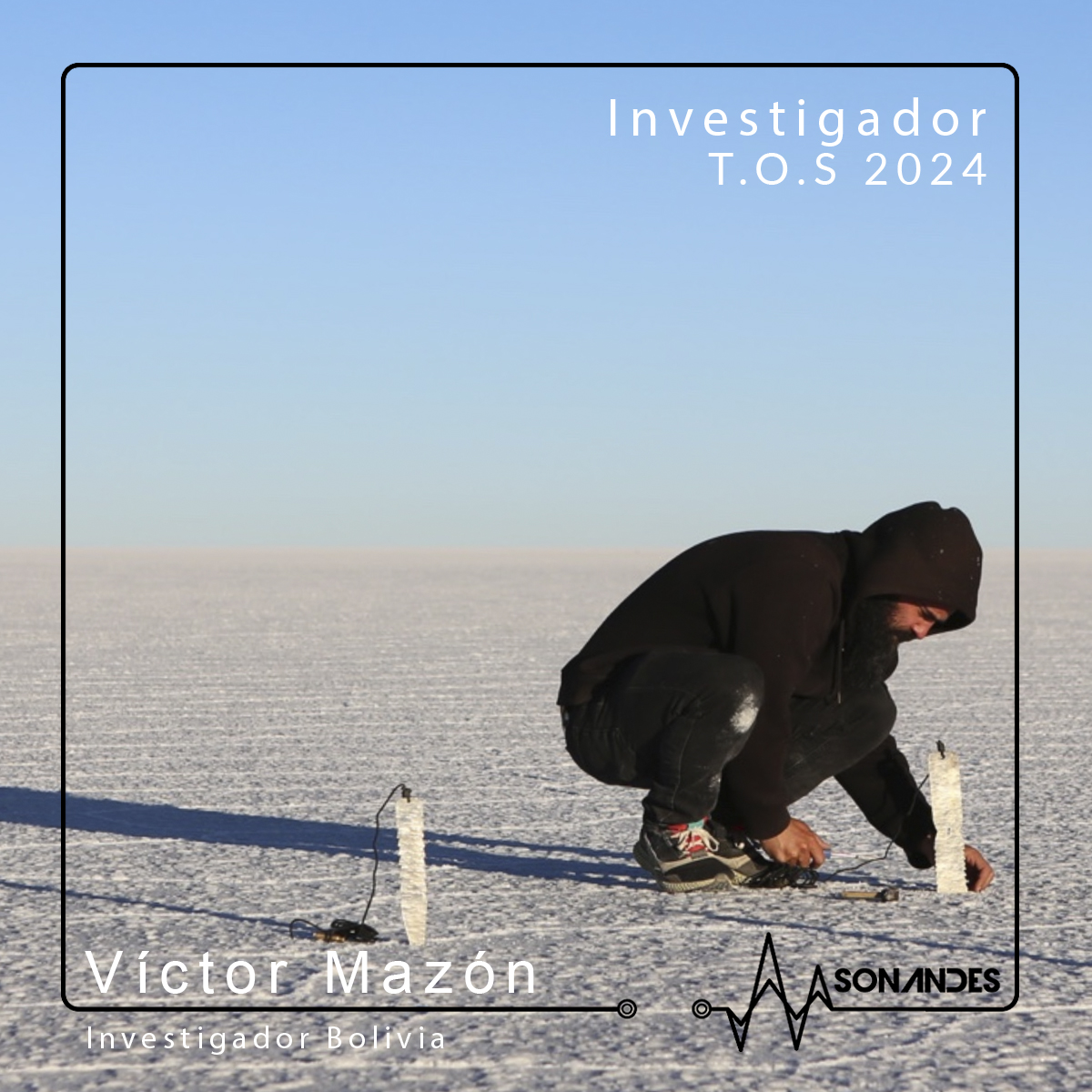
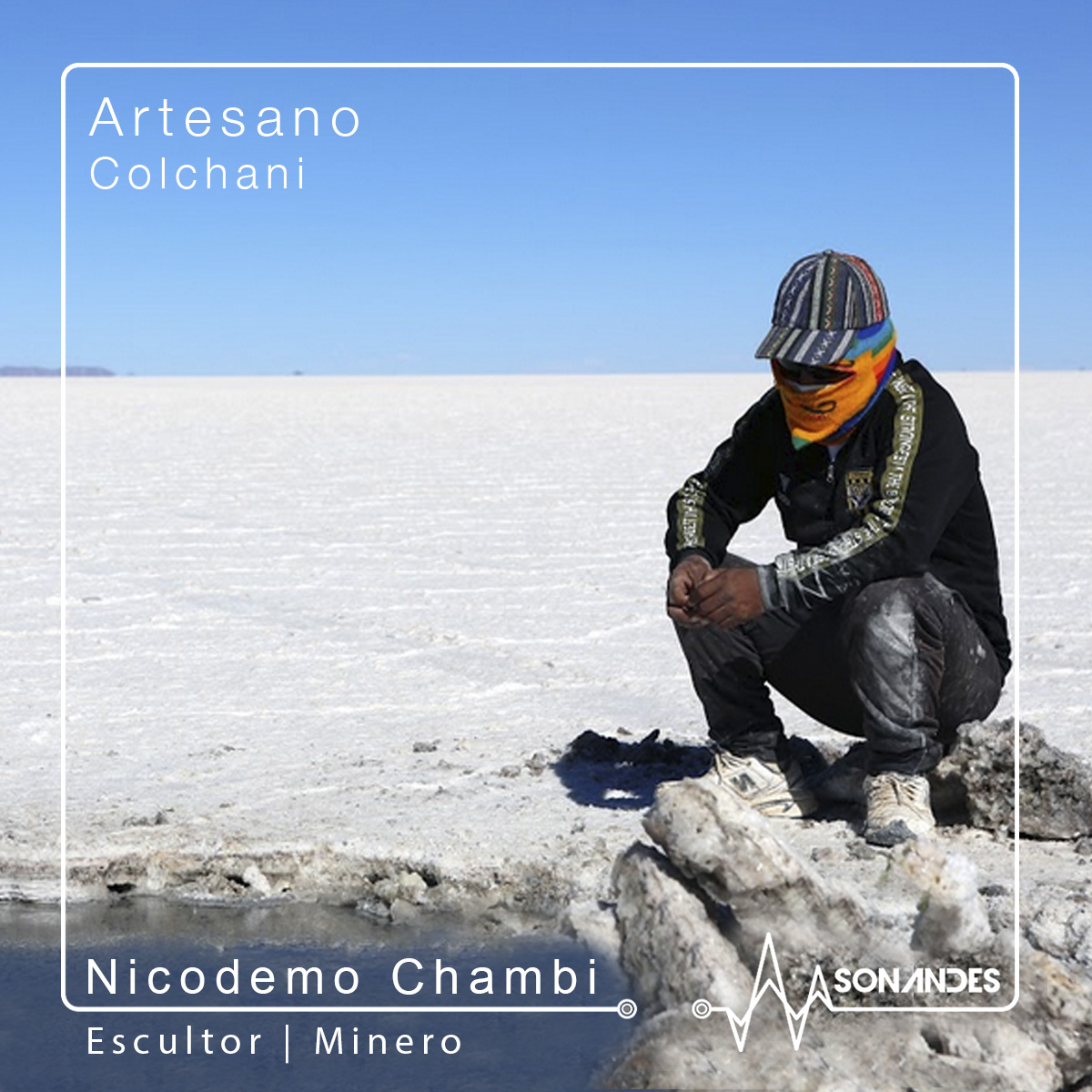
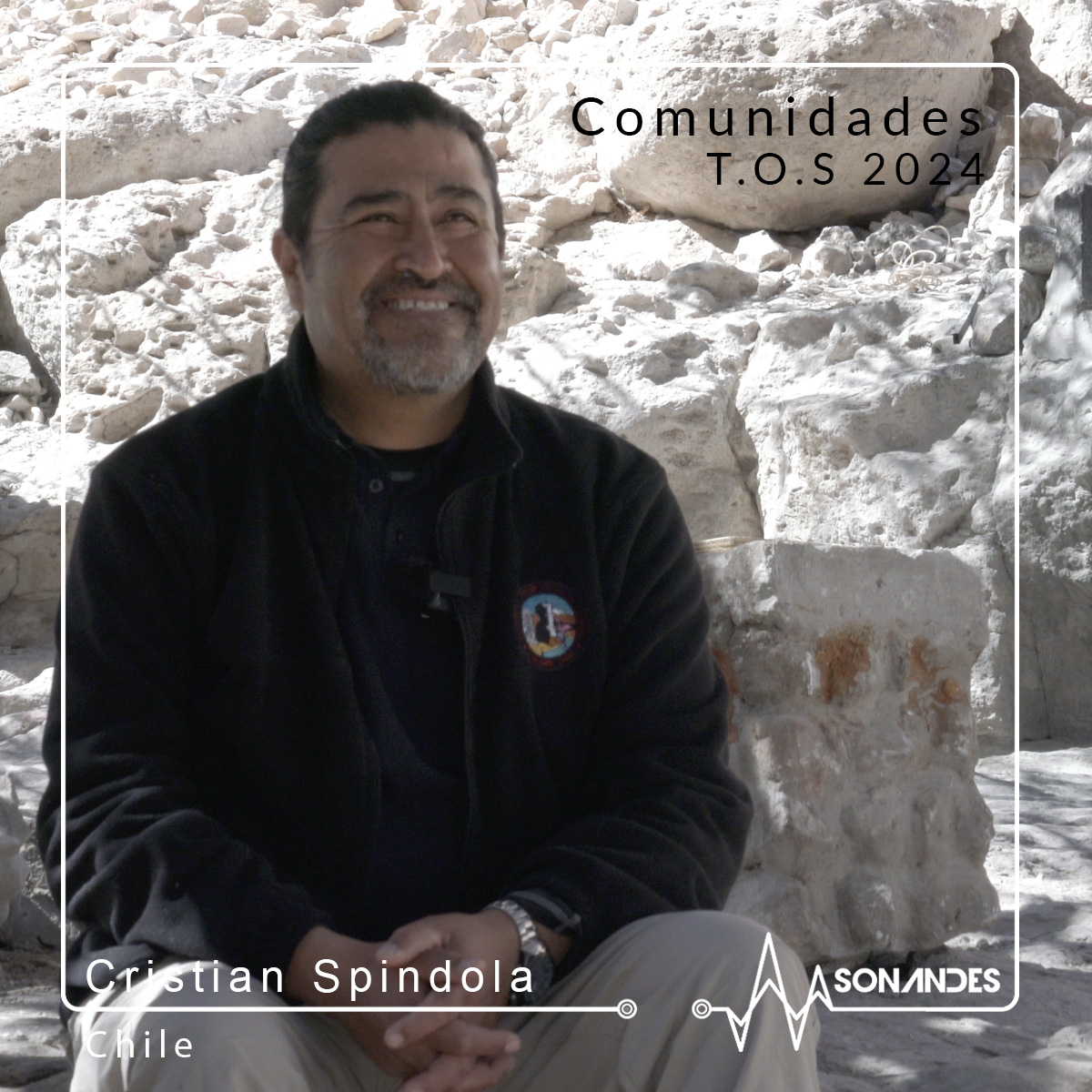

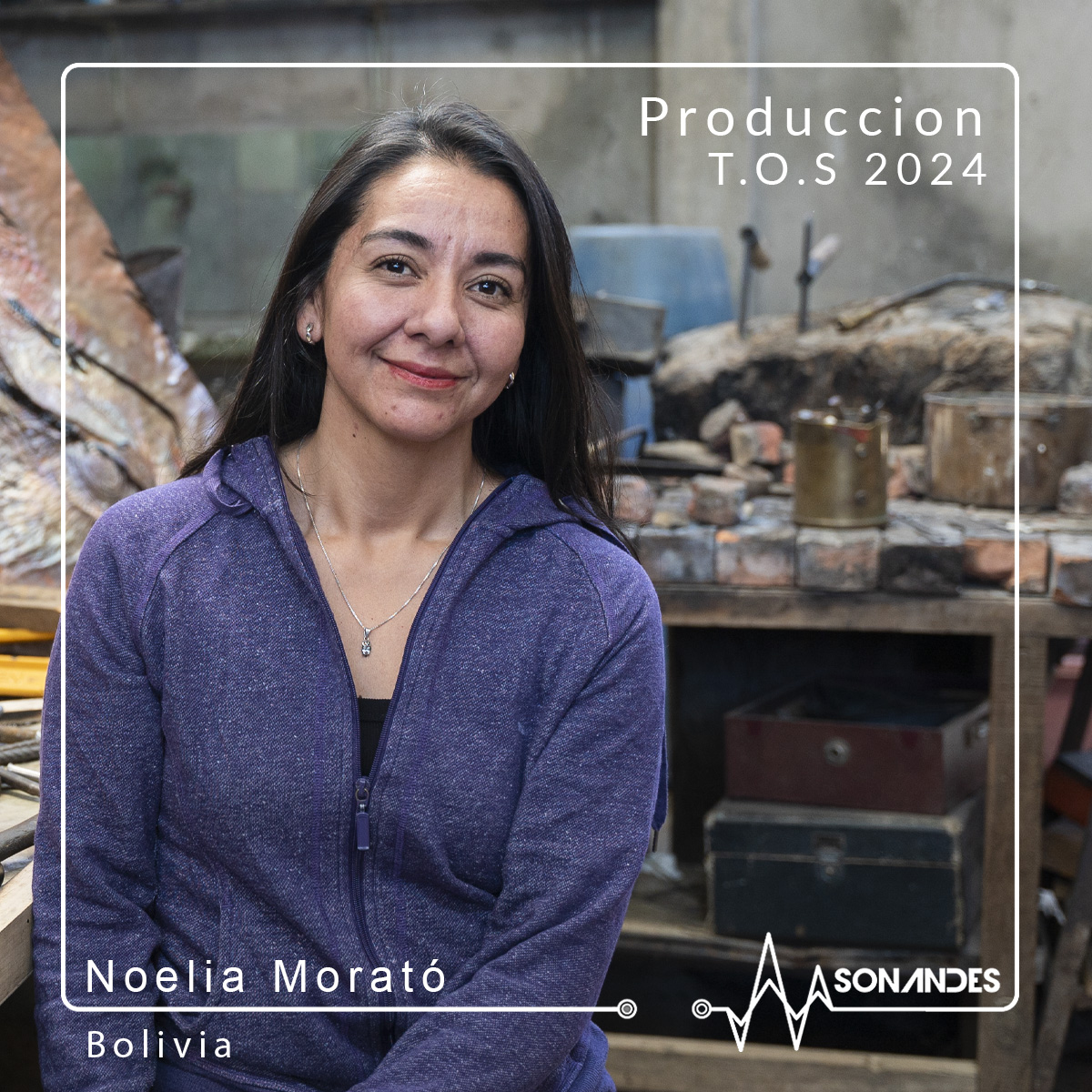

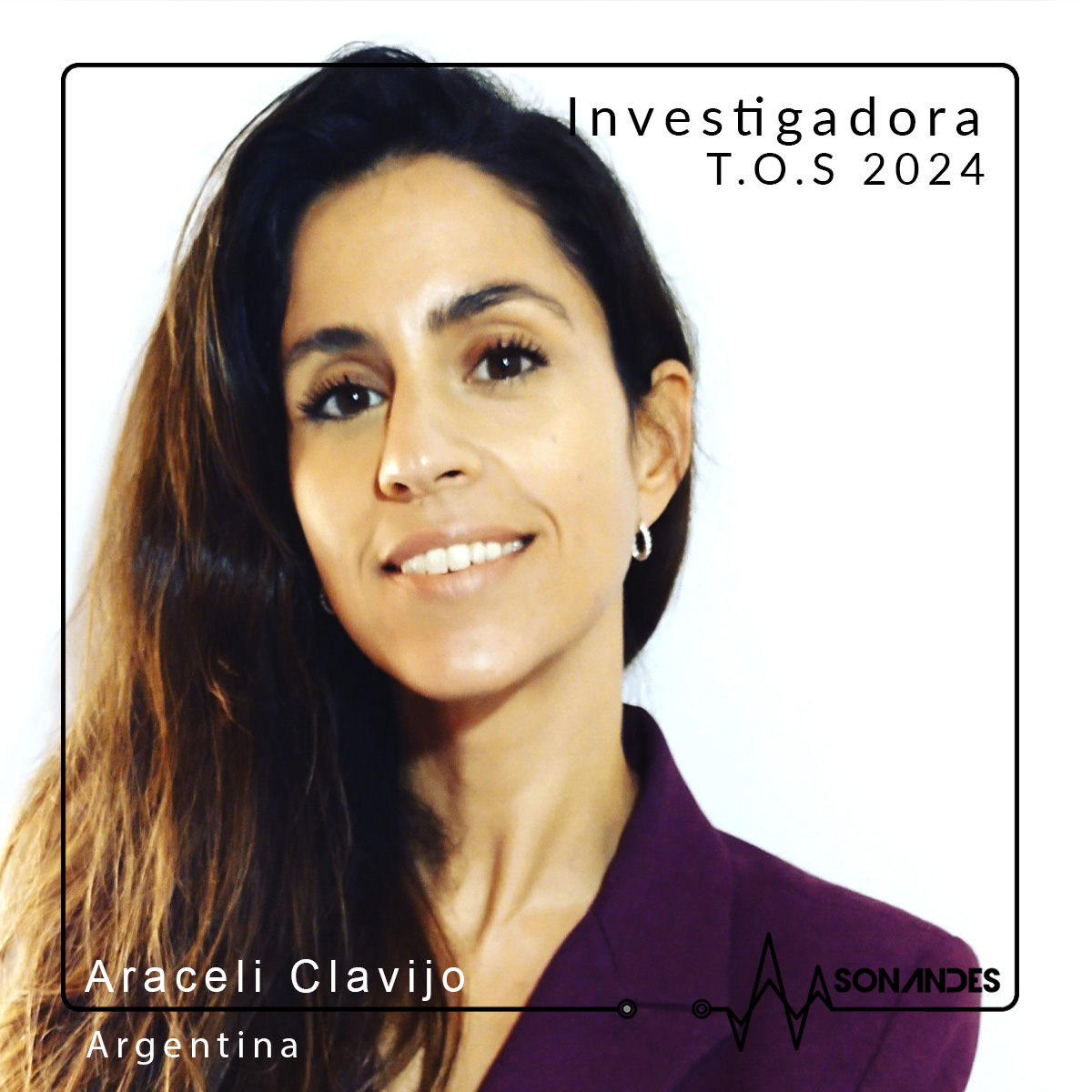
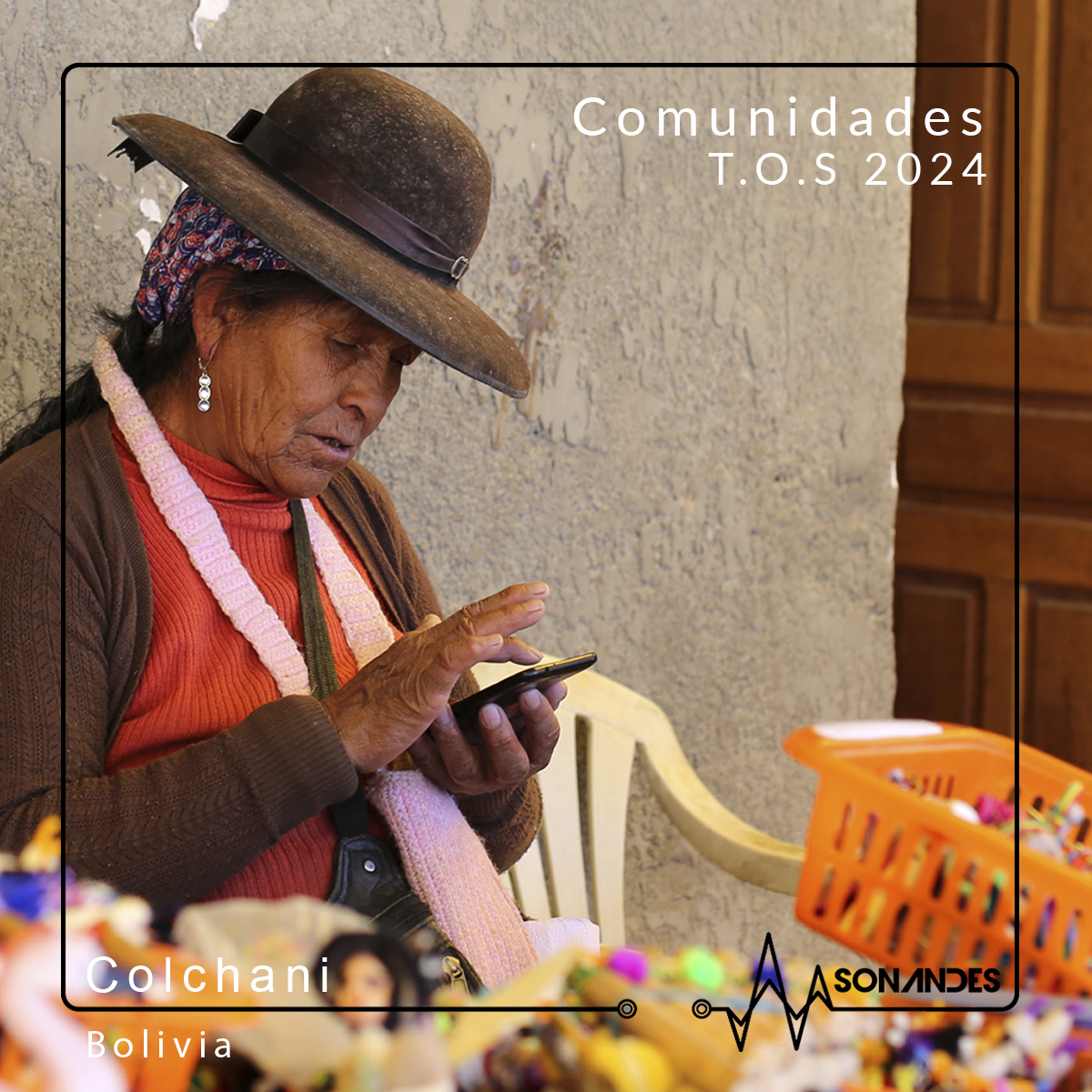
The triangle is not equilateral:
Despite sharing a common ecosystem, the Lithium Triangle presents marked differences in the management and exploitation of the resource.
Chile and Bolivia have declared lithium a strategic resource, granting the state a leading role in its administration.
In contrast, Argentina has opted for a decentralized model, delegating its management to municipalities. These divergent public policies have generated disparate scenarios in terms of citizen participation, state control, and vulnerability to the interests of transnational corporations.
China and Russia have forged closer ties with Bolivia, while the United States, through Southern Command, has shown greater affinity with Chile and Argentina.
These international dynamics, often marked by opacity and competition for control of strategic resources, have significantly influenced the national policies of each country and the living conditions of local communities. Nevertheless, there are communities with strong convictions that have openly resisted extraction and have protected their resources over economic promises.
To connect the dots
This project aims to foster collaboration between primary producers and end consumers, promoting transparency throughout the value chain. Through information sharing and open dialogue, we seek to create a space for reflection on the socio-environmental impacts of production and consumption, as well as to explore alternatives for ensuring fair and sustainable practices.

